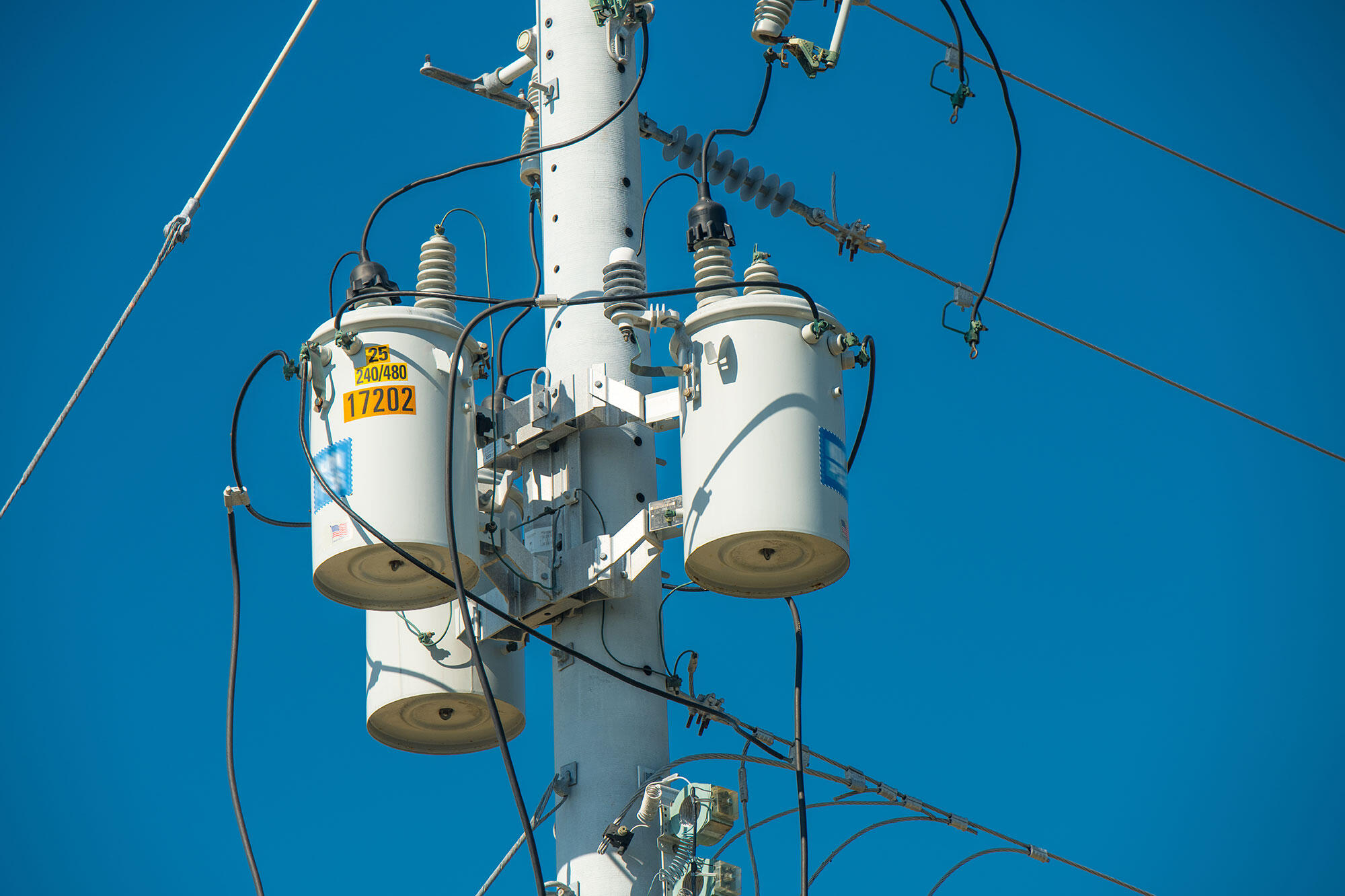
Distribution transformers include the metal boxes found in subdivisions and cylinders found on utility poles across the nation that serve the important function of reducing electricity voltage to levels needed to power lights, appliances, equipment and other products. Utilities generally own and operate "liquid-immersed" transformers, which use oil as a coolant and are usually installed outdoors, that deliver electricity to their customers. Low-voltage dry-type (LVDT) and medium-voltage dry-type (MVDT) transformers, which use air rather than oil as an insulation medium, are generally installed inside buildings and are owned by the building owner.
THE STANDARD:
The current standards for distribution transformers took effect in 2016. The standards required only a modest increase in efficiency, particularly for liquid-immersed transformers.
In 2024, DOE finalized amended standards for distribution transformers. The amended standards reduce losses by 5 percent for single-phase liquid-immersed transformers ≤100 kVA and three-phase liquid-immersed transformers ≥ 500 kVA and by 20 percent for single-phase liquid-immersed transformers > 100 kVA and three-phase liquid-immersed transformers < 500 kVA. For LVDT transformers, the amended standards reduce losses by 30 percent for single-phase LVDT transformers and by 20 percent for three-phase LVDT transformers. For MVDT transformers, the amended standards reduce losses by 20 percent for medium-voltage dry-type (MVDT).
KEY FACTS:
Distribution transformers are generally very efficient — electricity losses are usually below 1-3%. However, since almost all electricity passes through one or more transformers, even small improvements can yield very large national energy savings. In general, transformers can be made more efficient by using better quality windings, improved core designs, and lower-loss core electrical steel. Low-loss amorphous metal cores offer the biggest opportunity to improve transformer efficiency.
Filings
ASAP Press Releases
Timeline
| Federal | Date |
| Next Review Due | 2030 |
| 3rd Federal Standard Effective | 2029 |
| 3rd Federal Standard Adopted | 2024 |
| 2nd Federal Standard Effective | 2016 |
| 2nd Federal Standard Adopted (DOE) | 2013 |
| 1st Federal Standard Effective | 2010 |
| 1st Federal Standard Adopted (DOE) | 2007 |
| EPACT Initial Federal Legislation Enacted | 1992 |